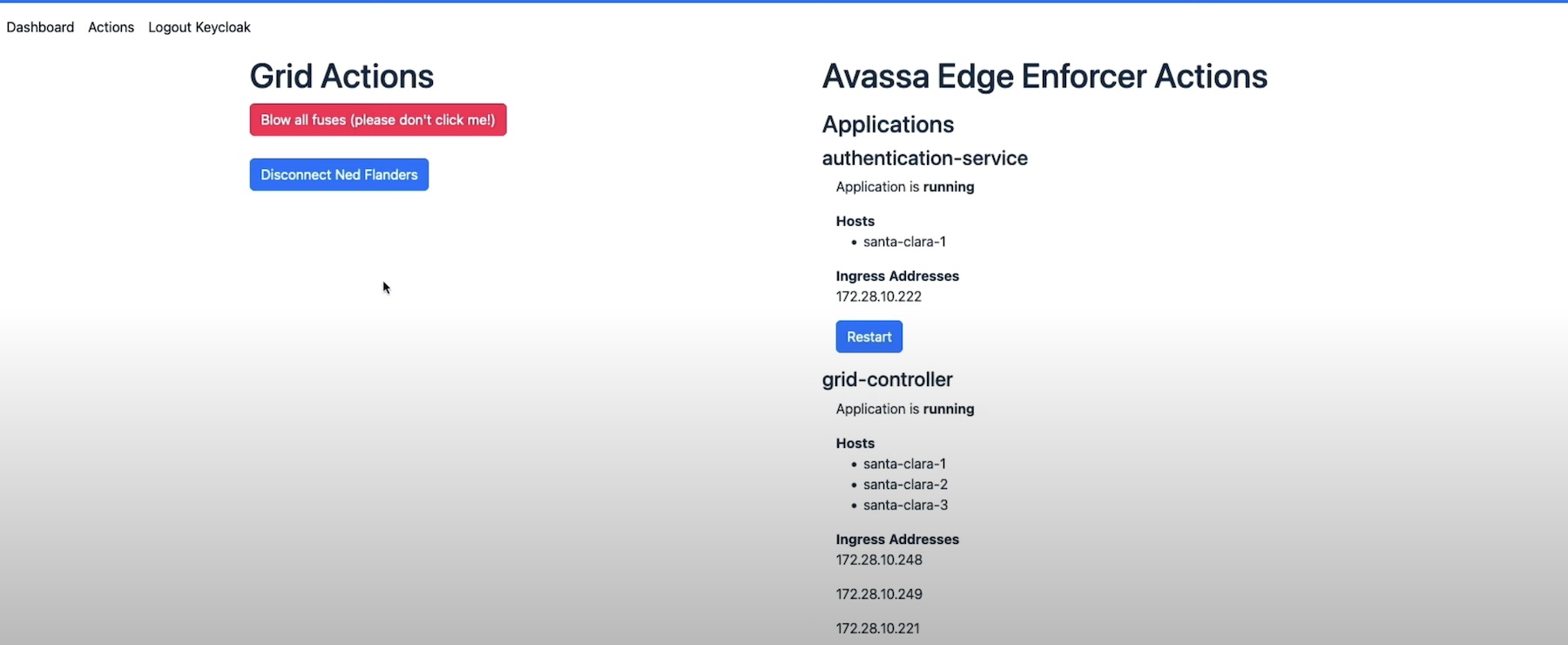Edge computing is strengthening and accelerating the digital economy, bringing new opportunities for enterprises to seize on. But there are some major obstacles slowing down adoption among businesses.
One of edge computing’s tailwinds is upstream outages, as Carl Moberg, CTO of Avassa, points out.
“Many companies have business critical applications that need to run close to the source of data, and need to survive upstream outages,” he noted while talking about offline scenarios that companies run into with on-site edge computing, during a presentation at the Edge Field Day event in September.
When Your Apps Can’t Connect to the Cloud
Edge sites are very localized, often having very limited compute infrastructure constituting only a handful of computers supporting a small group of applications running close to the data source. For the most part, these locations do not have ready access to smart hands, on-site IT teams, or edge-native technologies that can help manage applications through outages.
Avassa’s newly introduced offline application operation capabilities seek to turn around that reality, and make edge sites fully serviceable through connectivity downtimes.
By design, Avassa is an application management and operations platform designed for on-site edge environments. In a recent update released late last year, the company added a new feature bundle to the Avassa Edge Platform that addresses the offline challenges at the edge. Now available with the platform, the feature set gives edge applications resiliency to withstand upstream outages and disruptions, without suffering downtime.
The goal, said Moberg, is to help manage applications and the infrastructure “outside of the cloud” during connectivity downtimes.
In a demo, Moberg and solutions architect, Fredrik Jansson, walked through the new capabilities explaining how, in events of outages, they revive applications without connecting to the centralized cloud.
“There’s a slew of services that you need in place in order for a modern cloud application to perform well,” Moberg said.
These include event streaming services, secrets management, application failover, multi-tenancy, and so on. The microservices architecture has caused these foundational pieces that were formerly packed with the application, to be placed outside.
“For a modern application that adheres to the principles of a microservices architecture, they require all these ephemeral services close to them or reachable for them in a location that is protected by the blast radius concept, to actually run well or even run in some environments.”
When upstream connectivity snaps, access to these services keeps the applications going.
Resiliency in Outages
The new enhancements introduce complete autonomy for edge sites allowing applications to self-heal and migrate to another host within the cluster autonomously while connectivity is down.
A critical component of this is asset replication between hosts. “To be able to do this, it needs a number of things,” explained Jansson. “It needs container images replicated among the machines, the configurations, to be able to start that application again, any secrets certificates, credentials and so forth, because we want to make sure that we have everything we need to restart an application on a new host.”

When a node goes down, this allows the application to be picked up by another host where all of the assets are already available.
The ability for edge environments to perform healing actions independently without connectivity to a central cloud hub has been a hard requirement among companies pursuing edge computing. For them, Avassa’s offline capabilities provide resilience and immunity to upstream outages, while reducing operational pain and overheads for individual edge sites.
Additionally, Avassa supports offline modification for local IT staff to perform changes to applications, secrets and site configurations locally without connection to the central console.
Be sure to check out the demo and other presentations by Avassa from the Edge Field Day event to learn more about Avassa’s offline capabilities, or head over to Avassa’s website for more resources.

